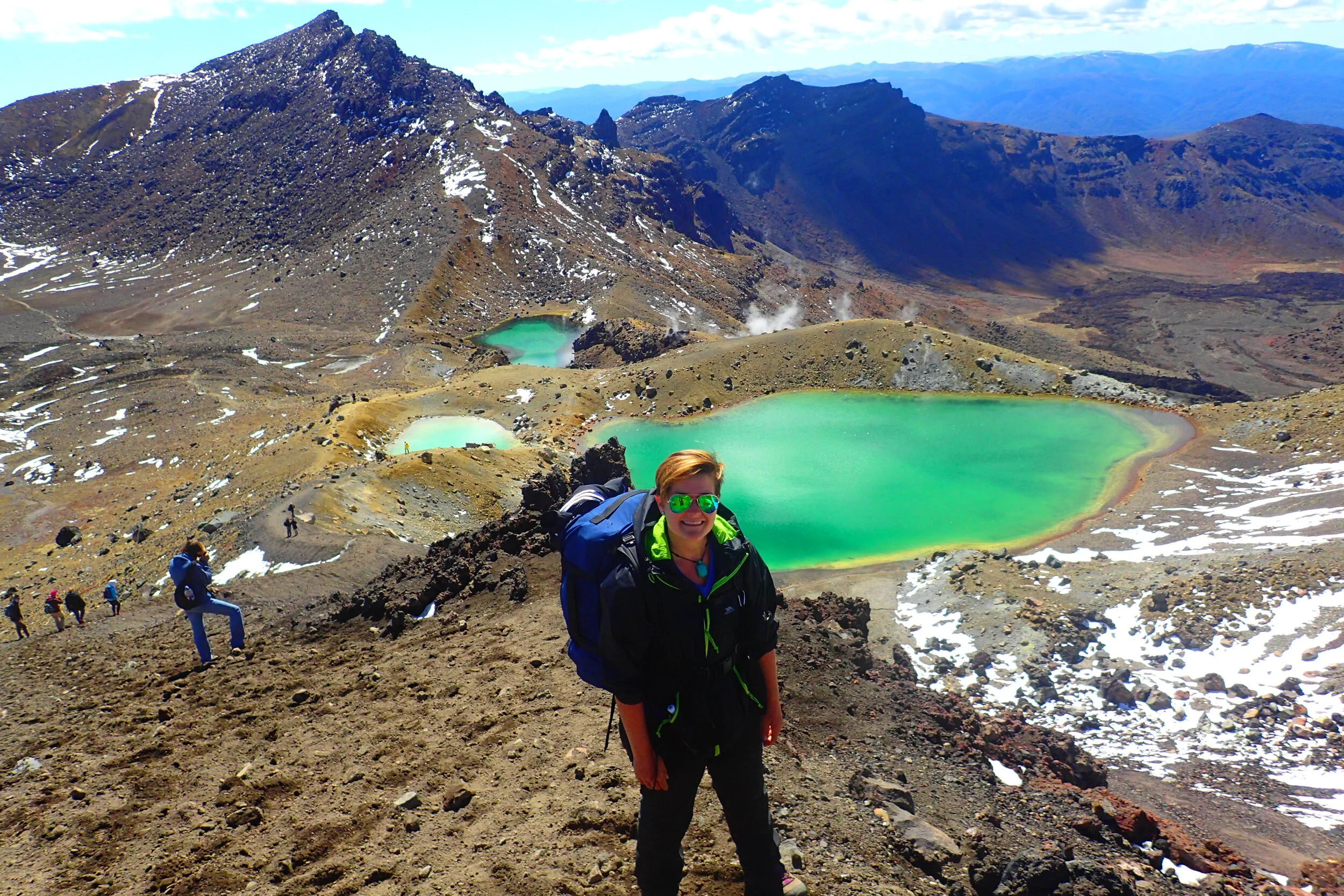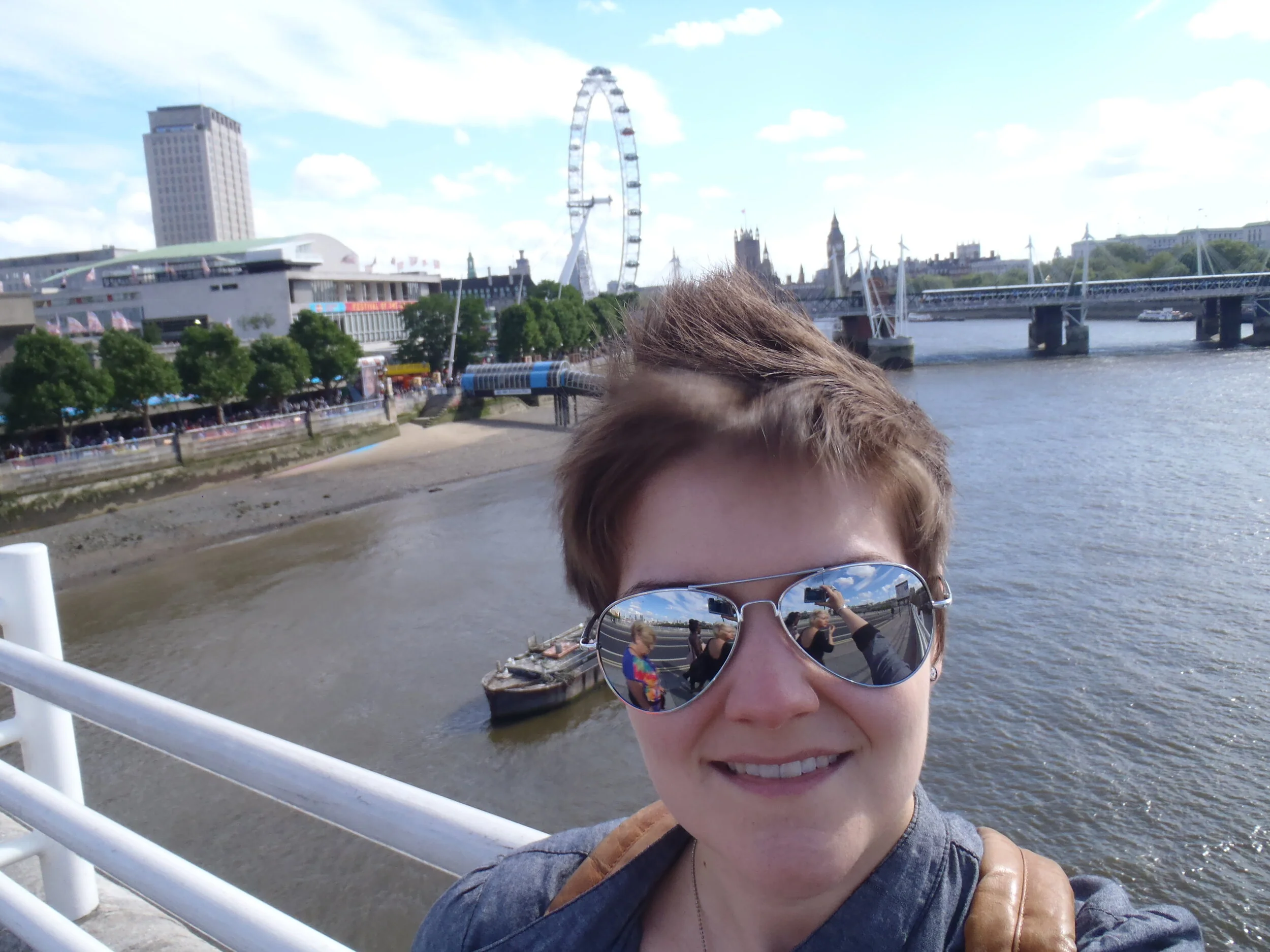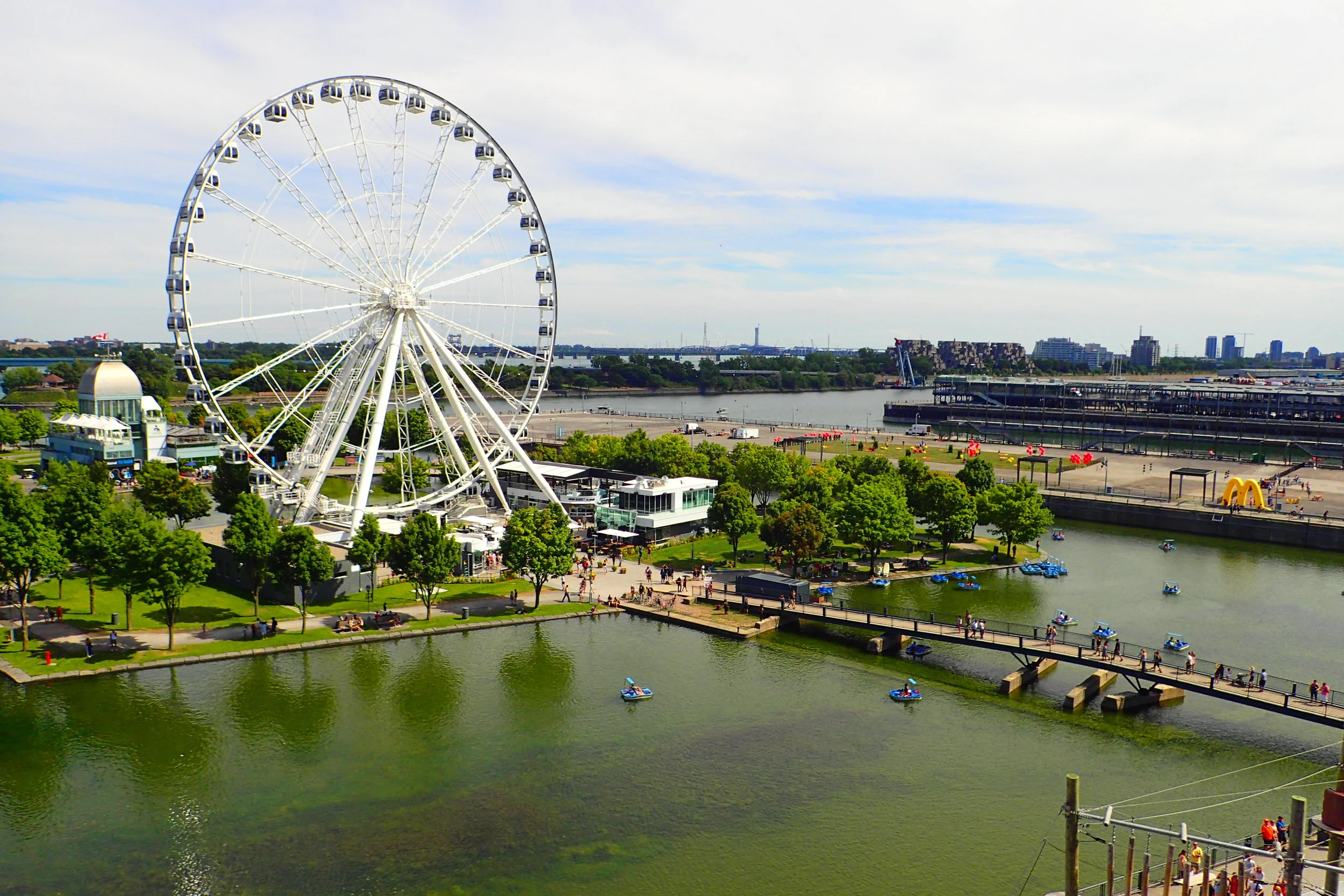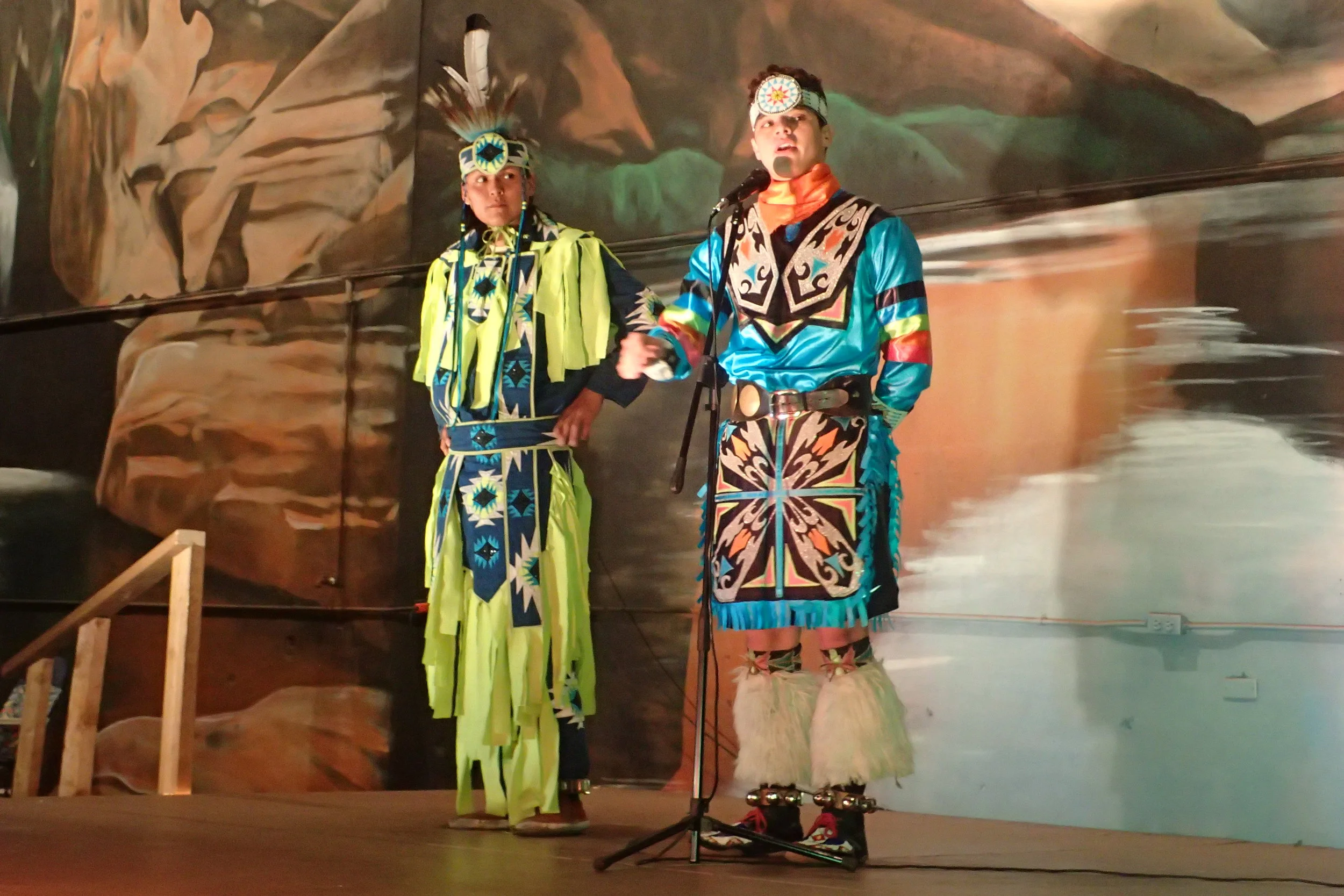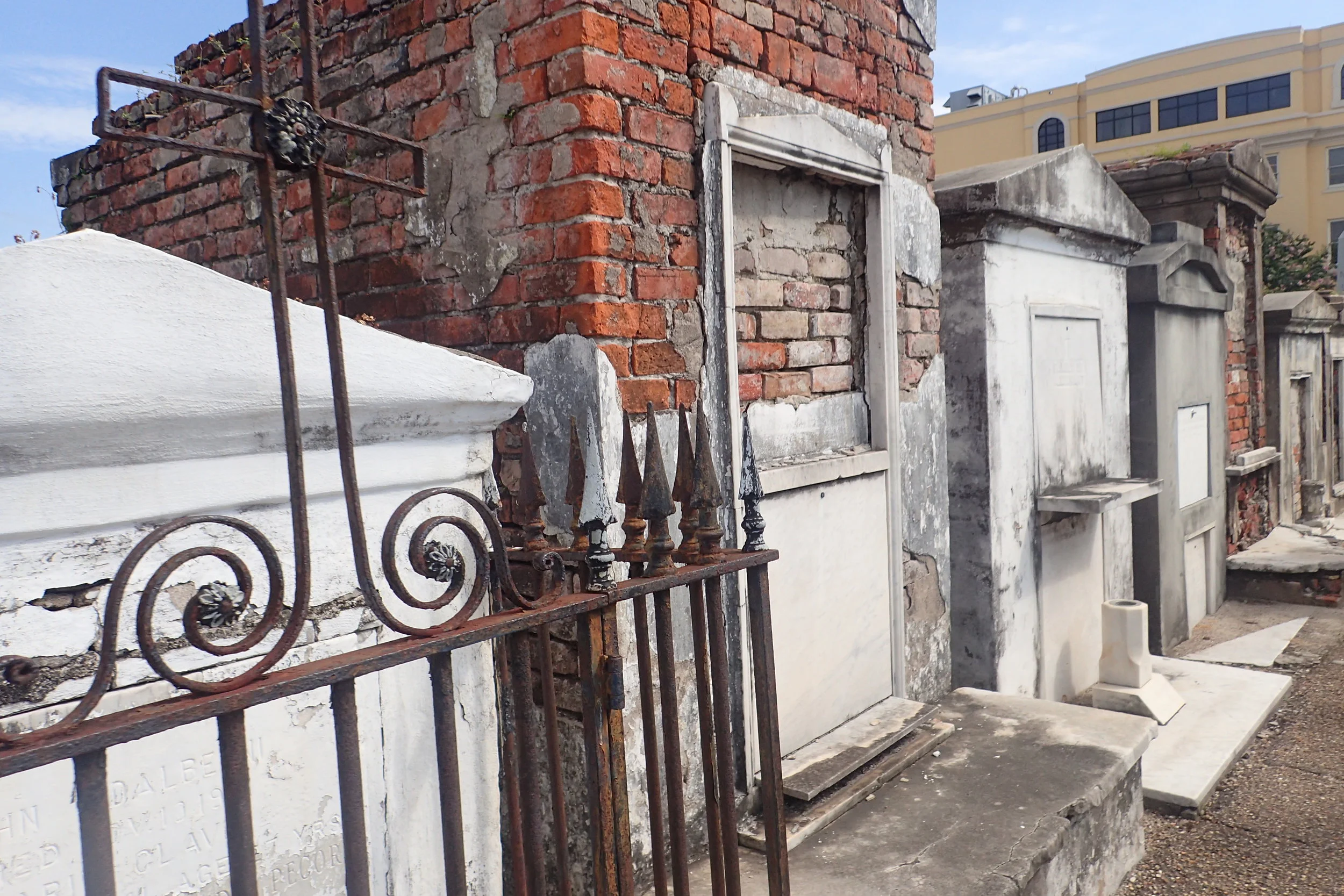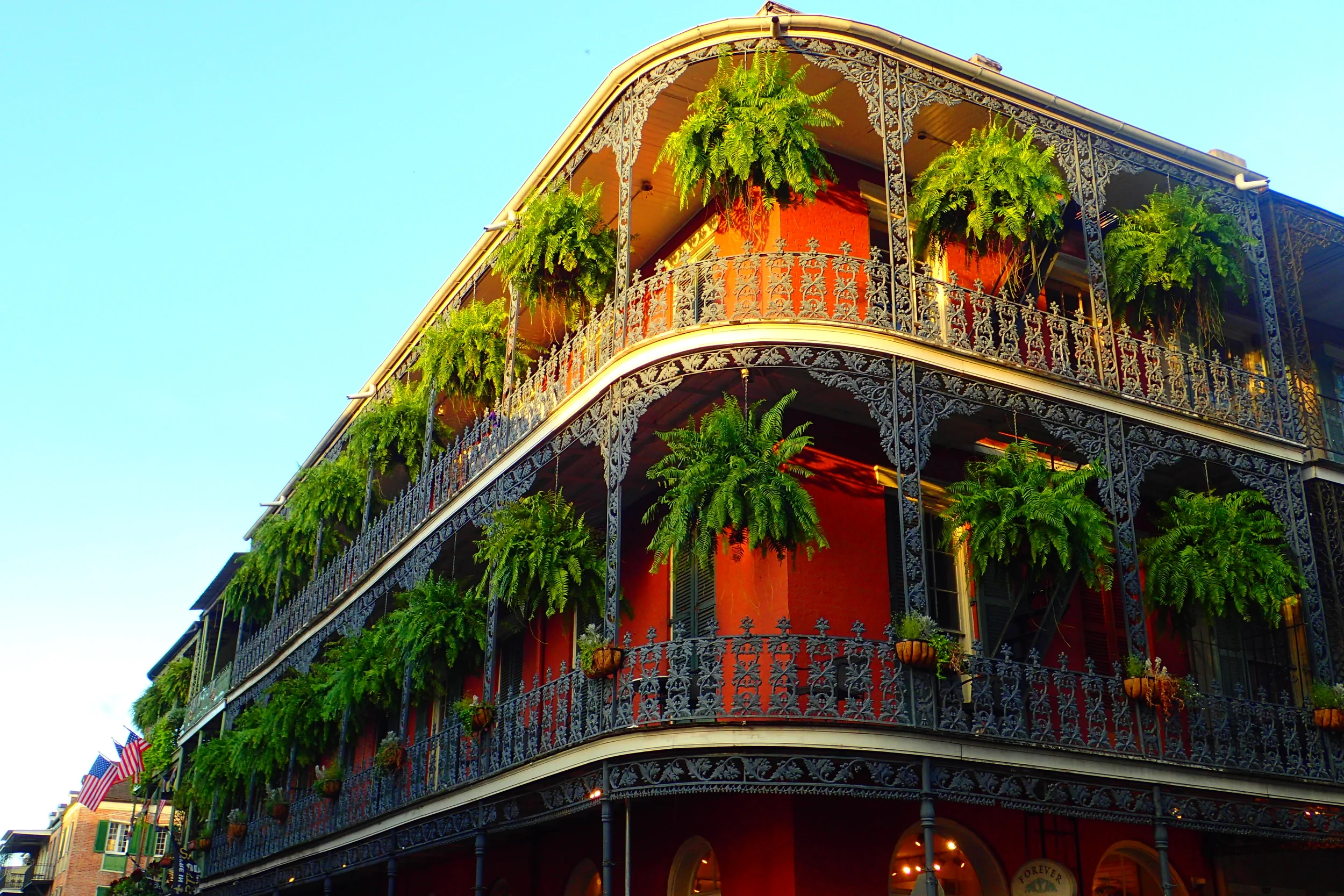St. Augustine is the oldest continuously inhabited city in the continental US. The city was settled by Spanish colonizers in 1565!
In 24 hours, Kim and I had a whirlwind, self-guided tour of the main walking part of the city called “Old Town.” We ate delicious food, explored shopping, observed various opportunities for museum visits and tours, and so much more!
In this post, I give twelve recommendations for various experiences you can have. Each suggestion is accessible along the main tourist street or just beyond it.
What’s happening in Ukraine sucks! When bad stuff happens in the world that feels out of our control, we often go looking for ways we can help.
I especially wanted to help because part of the family is from a small town just outside of Kyiv, Ukraine. I knew I found the right way to support when my friend shared with me a really unique option. It would make a small difference in the life of a Ukrainian right now.
So I booked an Airbnb stay with a local in Kyiv last weekend! But of course I didn’t go. I simply told the host to keep the money, but that I wasn’t coming. I believe that with enough people joining in, this small gesture can collectively have a lasting impact for many. As a traveler, I love this idea! And so, in this post, I share all the details in the hopes that others might book a stay in Ukraine right now, too!
There is so much to see and do, mostly for free or low cost, in any big European city. London is no different.
I spent about 4 weekends exploring London during my visit to England in 2012. On those visits, I wandered the streets of London and found incredible history, architecture, art, shopping, food, parks, and more.
I share in this post all of the highlights from my mostly self-guided experience around London.
This month is the 50th Anniversary of the Stonewall Riots and the 3 year anniversary of the Pulse Nightclub shooting. So I have decided to write a bit about my experience visiting the Pulse Nightclub memorial back in November 2018.
Like many of my fellow queers and friends in the LGBTQ community, I was devastated on June 12, 2016 when I learned about the mass shooting that took place at Pulse nightclub resulting in 49 dead, 68 injured, and a world in shock.
While I went to vigils up in New York, my visit to Orlando was my chance to pay my respects in person and reflect more deeply on the reality of what happened.
Being there was even more powerful than I anticipated.
When friends invite you to travel across the border for a one night adventure—you take it! My friends Chelsea and Dayle headed to Montréal, CA last summer for a friend’s wedding. They offered to bring me along for an adventure of my own.
I couldn't pass up the chance! I decided to meet up with an old friend whom I met in my travels. It was an opportunity to catch up with her and see more of Montréal after visiting in summer 2017.
I am a lover of the sea. Between exploring the Namibian desert and touring the South African bush, I was feeling landlocked! Luckily, Simon's Town is a quiet, coastal neighborhood on the cape peninsula of South Africa. Famous for its views of False Bay, Simon's Town offers the "closest encounter with penguins in the world."
I flew from Johannesburg to Cape Town late in the evening of June 9th. I was coming directly off of a 5-day safari tour, ready for the final 4 days of my trip to Africa.
It was a rainy day my first day in Simon's Town. I was there to SCUBA dive but I had to wait for better conditions. Instead, I made the most of my first day there exploring this little seaside village.
I spent July 4th, my last night in the southwest, in Flagstaff, Arizona. That night, I celebrated America's independence with my couchsurf host, Jeremy. Before my flight the next day, I made sure to pay my respects to the indigenous peoples of the region.
Before America became an independent nation, native tribes and cultures were involuntarily eliminated. We often forget this.
So, in this post, I touch on information about Arizona's native peoples. I visited some of the Hopi ancestors' preserved sites near Flagstaff. I also experienced the Diné (Navajo) peoples' modern presence throughout my stay in Arizona.
The summer is officially over, the leaves are starting to fall, and all my favorite kitschy Halloween stuff is showing up in stores. This is, hands down, my favorite time of year to be in the United States.
In New Orleans this past summer, I went on a free cemetery tour and a free ghost tour where I learned historical and present day tales of the dead and other spooky happenings. What I learned easily qualifies New Orleans as one of the creepiest cities in the country!
With October only a few days away, I am excited to finally share the chilling history of New Orleans in two installments. In this post, I share what I learned from my tour of the city's oldest cemetery.
This is an introduction to New Orleans from the perspective I saw it: From the streets!
Aptly named the Big Easy, I comfortably explored the majority of downtown New Orleans by foot and street car last month. Jono and I were staying in an Airbnb that put us right at the cross section of several different neighborhoods within walking distance of the famous and lively French Quarter district.
Historic black culture, hurricane damage, enormous mansions, blaring brass instruments, drunken tourists and beignets—each of these characteristics define at least one of five neighborhoods in New Orleans.
The USA continues to surprise me with its natural beauty, innovative architecture, and multiculturalism. The Parthenon and its surrounding park in Nashville, Tennessee are perfect examples of all three of these.
The Parthenon is a replica of ancient Greek ruins still found in Athens today.
But you don't have to fly all the way across the Atlantic to see what remains of it! Head to Music City in the USA and make a detour to Centennial Park to find a replica of the construction as it would have appeared over 2400 years ago.
Near the end of my time in Thailand, I booked a $7 bus one-way from Chiang Mai to the city of Sukhothai. Sukhothai was the capital of Siam Kingdom in the 13th and 14th centuries. Buddhism boomed there at that time resulting in the construction of many monasteries and other structures. Today, the ruins of the old kingdom are a UNESCO World Heritage site. The area is expansive and has well-maintained roads and pathways throughout making it best viewed by bicycle! I had the chance to spend a whole day there just before leaving Thailand.
I spent 2 weeks visiting Berlin where I stayed in the neighborhood of Kreuzberg. I walked all over this neighborhood and got to know it very well. Walking around there, I couldn’t help but notice all of the amazing street art everywhere I looked. While I could admire the street art for what it was, I knew absolutely nothing about any of it. Who did it? Were they allowed to paint there or was it illegal? Is it valued by locals or seen as a defamation of property?
ll of these questions and more were, thankfully, answered by going on a free (tip-based) walking tour with Alternative Berlin. This tour was perfect for getting an authentic, off-the-beaten path understanding of the Kreuzberg neighborhood and culture. Guided by an Australian turned Kreuzberger/Berliner, I learned so many stories about the counter-culture and community of Kreuzberg, including its street art, squatter settlements, neighborhood resistance against capitalism and authority, and much more. I gained so much respect for Berlin and its people as a result of the knowledge I gained from this tour. So I am very excited to finally get to share these stories now!
When I realized my trip to Germany was perfectly timed with the annual Oktoberfest, I knew I had to go. As a New Yorker, and specifically a former resident of Astoria known for its Bavarian beer gardens, I was already well aware of what Oktoberfest is all about: drinking beer. But my visit to Oktoberfest in Munich, the birthplace of the event, proved I was only partially correct. Although copious amounts of beer are consumed, Oktoberfest involves so much more than just the beer!
Oktoberfest, locally known as Wiesn, began over 200 years ago when Prince Ludwig (later King Ludwig I) and Princess Therese of Saxe-Hildburghausen were married. The celebration of their marriage took place on the same field as the festival in Munich today but with horse races as the main attraction. When they repeated the horse races the following year the event was dubbed Oktoberfest. Each year that followed, more shows, attractions, and carnival booths were added to the festival.
I took a while to post this time because this may very well be the most personal one I’ve written yet! The more personal, the more careful a writer I am—so that's a good thing! Although this post is personal, I do hope others will find the history described here interesting or even relevant to their own lives. People travel for all sorts of reasons. Tracing a family history is just one reason, and it only applies to why I chose Germany as one of the stops during my year of deviation. I hope this post resonates with those of you who maybe have traveled for this reason before or perhaps you are aspiring to do so one day as well!
Lots of people have grandparents in their lives for a large chunk of their childhood and sometimes even into adulthood. Some are less fortunate to ever have any in their lives at all. I was fortunate enough to have two grandparents on my father’s side, Arthur and Shirley, and my grandmother on my mother’s side, Josephine, for at least part of my childhood. They all died by the time I was 12.
While staying with family in the southeast part of Germany, I had the opportunity to visit local attractions and gain a bit of insight into Bavarian history. Aunt Wally, my grandfather’s sister who lives now in upstate New York, was responsible for contacting my family members in Germany and telling them to take me to these places around Bavaria, making these day trips extra special for me. Here are some of my favorites.
On a grey morning, my cousin Uli and I drove south toward the border of Austria. As we sped down the autobahn, the Alps grew from a faded outline to massive growths stretching blue against the horizon. We made it to Chiemsee, a huge lake with two islands. King Ludwig II’s infamous palace, the Herrenchiemsee, is located on one of these islands. The ferry boat, ironically named Josef (my grandfather’s name), took us on a short ride from the docks to the island called Herreninsel.
My cousin Frankziska and her husband Stephan and I were out for the day walking around Bielefeld, Germany’s 19th largest city known for its University. We had just visited Sparrenberg, a castle built before the 1250s and mostly destroyed in WWII. The castle had been rebuilt and you can still see parts of the original structure on the grounds and if you take a tour of the cellar. I enjoyed this castle mostly because the views of Bielefeld were beautiful, and also because of its very typical castle look & feel. Sparrenberg felt a little like a Camelot but maybe that’s because there were two men practicing sword play below near the castle walls. The nerd in me was thrilled to watch them.
The name Dachau typically conjures up horrible images among foreigners. Among Deutschland natives, the name brings up feelings of shame about Germany’s past. When I told others I was going to be visiting relatives in Dachau, they usually looked at me quizzically before asking, "Oh! So you’re going to visit the concentration camp?” Yes, Dachau is the name of one of the most infamous concentration camps in Germany. Yes, I did visit the camp during my stay. But Dachau is not only a concentration camp—it’s also a town populated by over 45,000 people. Two of those people are my cousin and her partner.
The both of them are well aware of what comes to mind whenever Dachau is named. They told me Dachau residentsdrive and park their cars around Germany and the rest of Europe at their own risk. With license plates sporting the name Dachau from local dealerships, resident’s vehicles have been known to be vandalized as a result of the strong emotional response tied to the town’s name. Declaring hometown pride for Dachau must be challenging for residents. I certainly can understand the difficulty seeing the name stamped on someone’s car, like a badge of hate. At the same time, it's important to realize the name also represents a small town along the River Amper in Bavaria. This is why I’ve decided to write about the concentration camp and the town in this post.
I have seen and done so much in Germany since I arrived here nearly 3 weeks ago, it’s difficult to determine where to begin writing about my second country on the year of deviation tour. I’ve traveled from Bielefeld to Cologne to Frankfurt to Munich to Regensberg – and that’s just half of my time here so far!
Instead of going chronologically, I’ve decided to do some highlights starting with a list about things you must do in the city of Cologne (Köln). I spent 3 days staying with relatives in a small town about a 30-minute train ride into the city center. Cologne was mostly destroyed in WWII, but some historic gems remain, and many modern sights and cultural features together make Cologne a great introduction city to Germany.

